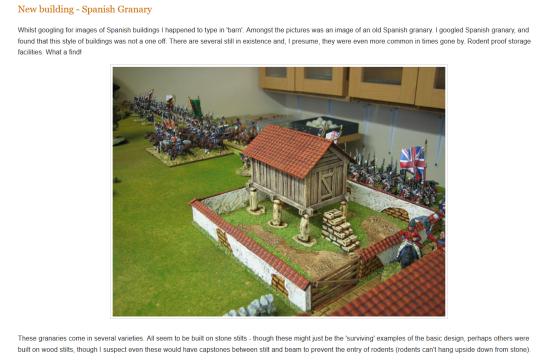Drybrushing
Grasaille was one of my favorite 2-dimension painting techniques when I was in school. When using this technique, the artist paints a grayscale picture using only white and a dark color (like Payne's Gray or raw umber). Once this is complete, he applies translucent layers of color over the previous work. The highlights and shadows are created by the underpainting, rather than with the color layers.
I modified this for painting small figures. Rather than applying a basecoat, shadow wash and assorted highlights, I prime black, drybrush white or off-white, and then apply thinner layers of the basecoat. The black primer and white drybrush provide subtle highlights and shadows under the base colors, without building up extra layers of paint that can obscure detail.

You might note that the tanks have been attached to plastic bottlecaps for painting. I like to keep my fingers off of the models as much as possible.

Time spent: 15 minutes
Base Colors
The tanks were painted first. The overall color is a mix of equal parts Vallejo Dark Green and Accent Pine Needle Green. The treads were painted black, and brushed with Accent Pewter.


The infantry uniforms are Musket Miniatures Russian Uniform. Hair, boots and belts are picked out with Accent Raw Sienna. Back bags and blankets were painted using Accent Wicker, Light Stone Gray, and Vallejo U.S. Field Drab. Metal parts of the weapons were painted black, and the stocks were painted with Accent Burnt Sienna. The flesh areas are Musket Miniatures Suntan Flesh. The helmets received the same mix of greens as the tanks. Bases were painted Accent or Folk Art medium brown.


All base colors were thinned quite a bit; 2-parts paint to 1-2-parts water, depending on how thick the paint was. The idea here is to achieve good coverage of the miniature, while letting some of the highlight and shadows show through. Some paints stay pretty opaque no matter how much they are thinned. So they'll be tweaked a bit later.
Time spent: 3 hours, 15 minutes








